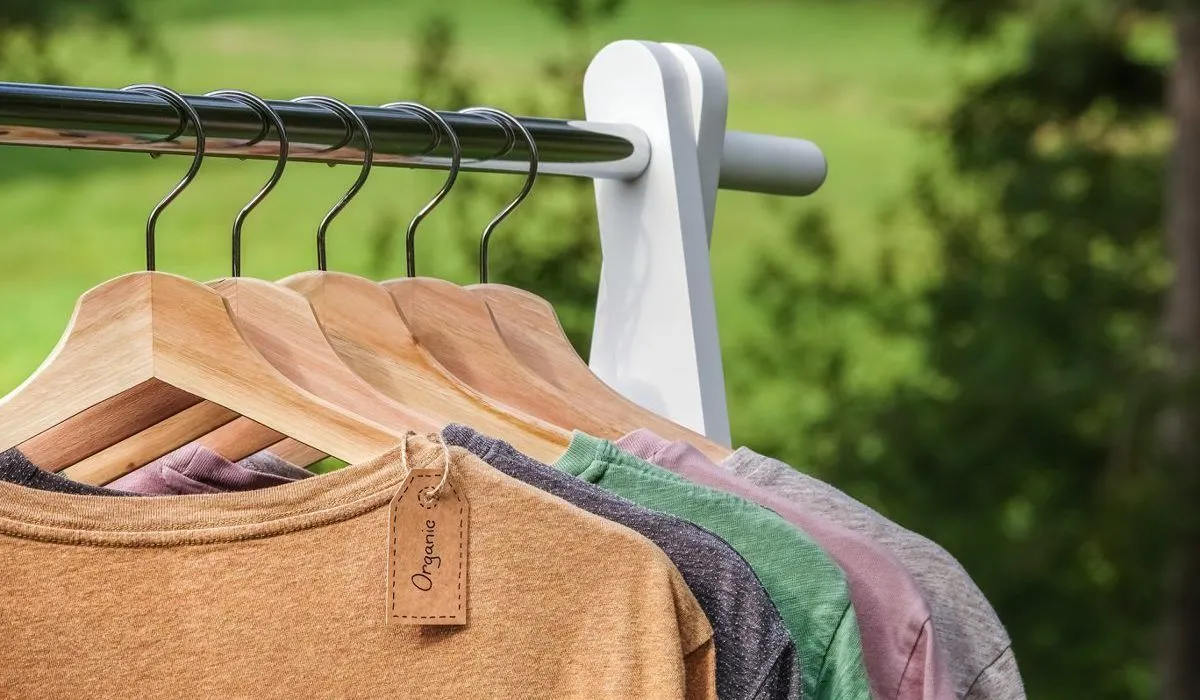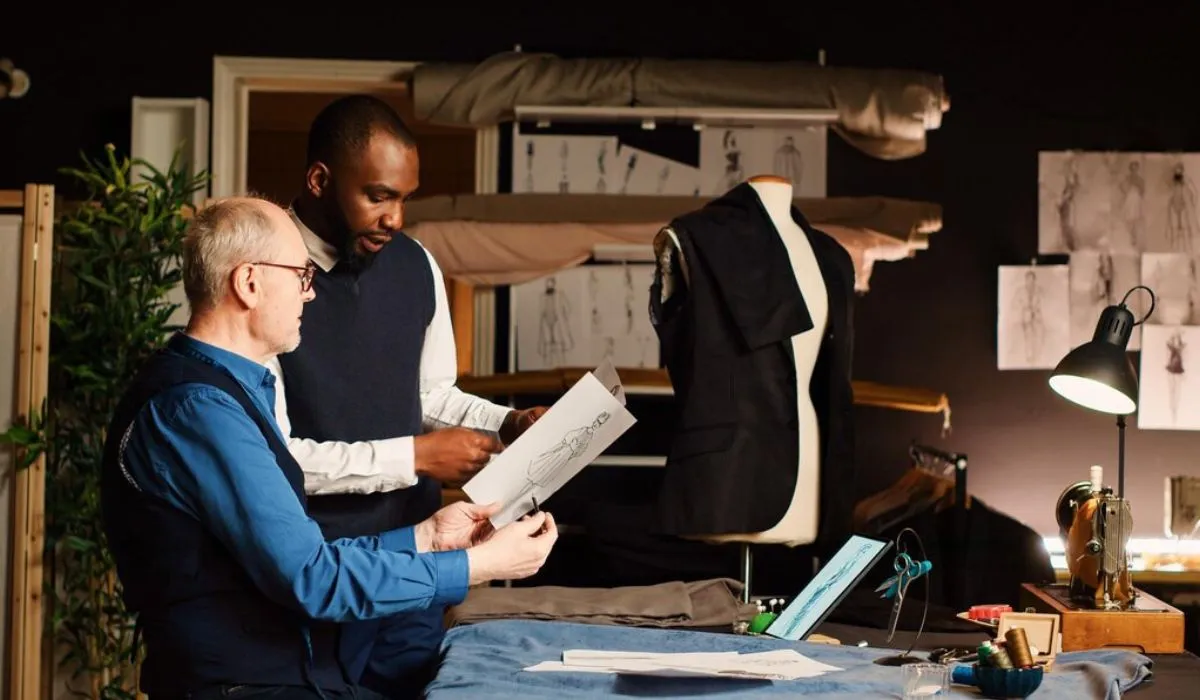Mastering the Art of Matching Colors in Your New Fashion Line in the UAE
Mastering the Art of Matching Colors in Your New Fashion Line in the UAE
Designing a new fashion line is both an exciting and intricate process. One of the most critical elements that will make your collection stand out is how you match colors in fashion. In a vibrant and cosmopolitan place like the UAE, where style and luxury are celebrated, your ability to create eye-catching and culturally aware color combinations is key to winning over fashion-conscious customers.
From understanding local preferences to staying on top of global trends, this guide will help you navigate the process of choosing and matching colors for your new fashion line in the UAE.
1. Understanding Color Psychology in Fashion
Color has the power to evoke emotions, create moods, and make bold statements. In fashion, the choice of color is not just about aesthetics; it’s about creating a connection between the wearer and the world around them. In the UAE, where luxury, tradition, and modernity meet, colors can play a significant role in how your fashion line is perceived.
Let’s take a quick look at the psychology behind common color choices:
– White: A symbol of purity, elegance, and sophistication, white is often associated with traditional attire in the UAE, particularly in the form of the kandura for men.
– Black: Timeless, powerful, and chic, black is a staple in UAE fashion, especially in abaya designs, which are frequently worn by women.
– Gold: In a country known for its love of opulence and grandeur, gold signifies wealth, luxury, and success. Perfect for evening wear or luxury accessories.
– Blue: Shades of blue are calming and remind people of the sea and sky. Light blue shades often reflect peace, while darker blues are associated with strength and reliability.
– Red: A bold, passionate color that represents energy, ambition, and excitement. Red hues are frequently incorporated into both formal and casual collections.
When you plan your fashion line, take into account these psychological associations to ensure that your colors communicate the right message to your audience.
2. Cultural Sensitivity in Matching Colors
The UAE is a melting pot of cultures and traditions, making it important to design with cultural awareness in mind. The colors you choose should not only follow fashion trends but also reflect the local sensibilities. Here are a few cultural considerations when matching colors in your new fashion line:
– Respecting Tradition: While the UAE is progressive and embraces contemporary fashion, traditional attire is still widely worn. Incorporating traditional colors like black and white in a modern way can help you connect with a local audience while respecting cultural heritage.
– Bold Accents: Bright hues such as yellow, red, and green often pop in UAE fashion during events, festivities, and celebrations. By incorporating bold accents into a neutral palette, you create a collection that feels both traditional and fashion-forward.
– Middle Eastern Influence: The colors of the desert—warm browns, beiges, and earthy tones—are often integrated into UAE fashion collections to create designs that are in harmony with the region’s landscape. These natural tones can be a subtle yet effective way to create a local connection.
Example: Consider pairing classic abayas in black with deep gold embroidery or jewel-toned accents like emerald green or sapphire blue for a luxurious, sophisticated look that honors tradition while staying on-trend.
3. Blending Global Trends with Local Preferences
The UAE is home to some of the world’s top fashion influencers and luxury brands, meaning it’s a place where global fashion trends are constantly evolving. However, UAE consumers also have a distinct style that blends Western fashion influences with Middle Eastern elegance.
Here’s how you can find the perfect balance between global trends and local fashion preferences:
– Play with Pastels: Pastels are a global trend, and soft shades like mint green, blush pink, and lavender are finding their way into everyday wear in the UAE. These lighter hues work well with the region’s warm climate and can be paired with neutral tones for a minimalist yet chic look.
– Metallic Accents: Metallics are huge on the international stage and fit right into the UAE’s luxurious fashion scene. Use gold, silver, and rose-gold accents in your collection to add a glamorous touch to your designs.
– Mixing Patterns and Colors: Bold prints and patterns have been a growing trend globally, and the UAE’s fashion scene embraces the use of rich fabrics and prints. Pairing contrasting colors—such as navy and orange or teal and mustard—can create statement pieces that appeal to a fashion-forward audience.
4. Seasonal Considerations in the UAE
Unlike many other parts of the world, the UAE doesn’t have traditional seasonal changes such as autumn or winter. However, you should still factor in seasonal variations when choosing and matching colors for your fashion line.
– Spring/Summer: In the scorching summer months, light colors such as white, soft blue, and pale pink are popular for their cooling effect. Consider lightweight fabrics like linen, cotton, and silk in these tones to create comfortable yet stylish summer wear.
– Fall/Winter: Although the winter months in the UAE are mild, fashion trends often shift towards deeper, richer tones. Burgundy, olive green, and charcoal gray are great options for outerwear and evening collections during the cooler months.
Example: Create a spring collection featuring breathable fabrics in pastel tones with subtle gold accents, and contrast it with a fall collection that embraces bold colors like maroon and metallic shades.
5. Tips for Matching Colors in Your Fashion Line
Matching colors is both a science and an art, and creating a cohesive and attractive collection requires thoughtful consideration. Here are some tips to help you perfect the art of color matching in your fashion line:
– Start with a Base Palette: Choose neutral base colors like white, black, beige, or navy. These colors are versatile and can be paired with a wide range of accents.
– Use Complementary Colors: Pair colors that are opposite each other on the color wheel, such as blue and orange or purple and yellow, for a high-contrast look that catches attention.
– Monochromatic Matching: Sticking to one color family can create an elegant and polished look. For instance, pairing different shades of blue—navy, sky blue, and royal blue—gives a stylish, monochromatic effect.
Conclusion: Make Your Fashion Line Stand Out with Perfectly Matched Colors
Designing a fashion line in the UAE is an exciting opportunity to showcase your creativity while tapping into the region’s vibrant culture. By understanding color psychology, respecting local traditions, blending global trends with local tastes, and mastering the art of color matching, you can create a collection that resonates with UAE consumers and stands out in the competitive fashion market.
When you focus on matching colors in fashion with precision and cultural insight, you’ll create a brand that not only looks stunning but also connects emotionally with your audience






